Government of the Netherlands: Legal analysis – European legislative proposal draft AI act and MDR/IVDR
Government of the Netherlands: Legal analysis – European legislative proposal draft AI act and MDR/IVDR
This legal analysis carried out by Hooghiemstra & Partners and Axon Lawyers at the request of the Dutch Ministry of Health, Welfare and Sport (VWS) aims to provide clarification with regard to the potential overlap of the future European Regulation on Artificial Intelligence (AI) and the European Medical Device (MDR) and In Vitro Diagnostic Medical Device (IVDD) Regulations already in force.
This analysis highlights inconsistencies, ambiguities and overlapping requirements between the AI Regulation and the MDs and IVDs Regulations and suggests solutions to clarify certain concepts and avoid additional workload for the health sector.
This analysis highlights, via a comparison table, the inconsistencies between several market surveillance definitions according to the applicable regulations for MDs including AI: IA Act, MDR/IVDR. This table highlights the potential consequences of these differences in terms of workload and comprehension during the compliance process by developers of medical devices incorporating AI.
The automatic classification of medical devices as high risk under the AI Regulation could introduce classification bias under the MDs/IVD Regulations. As some medical devices could then be included in a higher risk class than necessary, the solution suggested in this analysis would be to maintain only one risk classification system for medical devices with AI. As devices are mainly assessed according to the MDs/IVDs regulations, it is suggested to integrate the specific risk assessment requirements of AI systems and to maintain only these harmonised classification rules.
Furthermore, the requirements for high-risk AI systems in terms of risk management and technical documentation overlap in several aspects with those already established in the MDs/IVD Regulations and introduce some nuances that may lead to additional workload or difficulties in interpreting these requirements.
